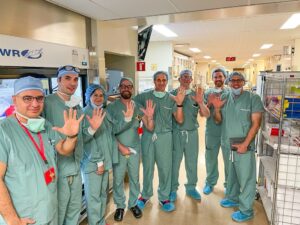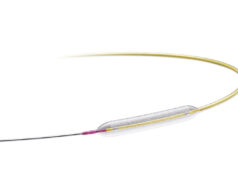 Anteris Technologies has announced the successful completion of three new valve-in-valve (ViV) cases using DurAVR, a biomimetic transcatheter heart valve.
Anteris Technologies has announced the successful completion of three new valve-in-valve (ViV) cases using DurAVR, a biomimetic transcatheter heart valve.
These are the fourth, fifth and sixth patients treated with DurAVR under Health Canada’s special access programme (SAP) which allows health care professionals to access unlicensed medical devices for emergency use when conventional therapies have failed, are unavailable, or are unsuitable to treat a patient. The approval is based on multiple factors including past patient outcomes, safety data and physician support.
Transcatheter ViV replacement is performed by implanting a transcatheter heart valve within a failing bioprosthetic aortic valve. The transcatheter ViV operation is a less invasive procedure compared with reoperative surgical aortic valve replacement (SAVR).
Anita Asgar (Institut de Cardiologie de Montreal, Montreal, Canada) commented: ‘‘The challenges we face as clinicians is the need to preserve coronary access, but these are also patients who are also reasonably active, and we need to give them a good haemodynamic result, we need to really improve their symptoms so they can have a good quality of life.”
Asgar, who performed the procedures, stated: “As a clinician, it’s a great opportunity to have access to a technology that may help us with what is probably going to be a tsunami of valve-in-valve procedures that we are going to have to do.”
“These patients are in a challenging situation and are in need of a better option than what is commercially available. DurAVR delivered an outstanding result with meaningful patient benefits.”
Wayne Paterson CEO of Anteris Technologies, commented: “With an increasing number of bioprosthetic valves failing in patients it’s important that we study the effects of DurAVR in this patient population to better understand if the best-in-class results we see in newly treated aortic stenosis is also seen in this difficult to treat population. We are pleased with the results to date and will continue to study this group who have limited treatment options today.”













